
English Blogs
"Let's Learn, Explore, and Connect to the World"

Future Simple Tense 2
- Tokita Akira
- Basic English Grammar Blog

II. Understanding the Future Simple Tense
The future simple tense in English is primarily used for talking about actions or events that will happen in the future. It is a versatile tense that is easy to form and apply.
Formation of the Future Simple Tense
The future simple tense is typically formed using the modal auxiliary verb ‘will’ followed by the base form of the main verb.
Examples:

I will travel to Japan next year.

She will start her new job on Monday.

They will celebrate their anniversary tomorrow.
Basic Rules and Structure
The structure of the future simple tense remains consistent regardless of the subject. Unlike the present simple or past simple tenses, it does not require changes to the verb form based on the subject.
Examples:

You will see the difference.

He will walk to school.

We will watch a movie tonight.
Negative Sentences
To form negative sentences in the future simple tense, ‘not’ is added after ‘will’. The contracted form ‘won’t’ (will not) is often used in spoken and informal English.
Examples:

I won’t (will not) be available tomorrow.

She won’t (will not) attend the meeting.
Questions
Questions in the future simple are formed by placing ‘will’ before the subject, followed by the base form of the verb.
Examples:

Will you join us for dinner?

Will she be at the party?

Will they buy a new car?
Conclusion
 Understanding the formation and basic structure of the future simple tense is crucial for discussing future plans and predictions. Its straightforward construction makes it a user-friendly tense for English learners. In the following sections, we will delve deeper into the various uses of the future simple tense, offering practical examples and tips to enhance your understanding and usage.
Understanding the formation and basic structure of the future simple tense is crucial for discussing future plans and predictions. Its straightforward construction makes it a user-friendly tense for English learners. In the following sections, we will delve deeper into the various uses of the future simple tense, offering practical examples and tips to enhance your understanding and usage.
Latest Blogs

Present Simple Tense 1
English Blogs “Let’s Learn, Explore, and Connect to the World” Present Simple Tense 1 I. Introduction to the Present Simple Tense in English Mastering the

Present Simple Tense 2
English Blogs “Let’s Learn, Explore, and Connect to the World” Present Simple Tense 2 II. Understanding the Present Simple Tense Definition and Structure At its
Reading comprehension quiz
Check out our books and more!

Comic Collections : A Compilation of Daily Professional and Casual Conversations (Book 3)
Discover the joy of conversation with “Comic Collections: A Compilation of Daily Professional and Casual Conversations,” a whimsically illustrated comic book that transforms talking into an adventure. Ideal for those eager to polish their chatting skills, this light-hearted guide is a trove of insights presented in a uniquely entertaining format.
Check out our Blogs!
Read our everyday blogs and gain new knowledge, skills, and inspiration to support your learning journey here in SEKAEL.


Learn through Common English Errors Blogs by recognizing and correcting everyday grammar and usage mistakes.




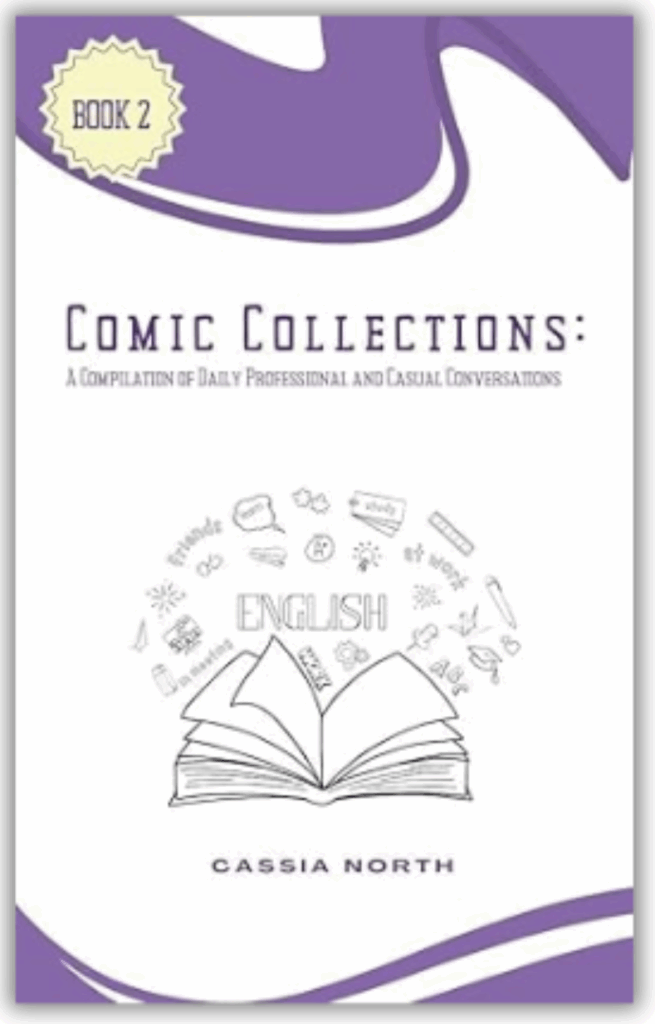


 The future simple tense, often formed with the auxiliary ‘will’, is a fundamental aspect of English grammar, pivotal for discussing future events, intentions, and predictions. Its mastery is crucial for anyone learning English, enabling clear and effective communication about what is yet to come. This tense allows speakers to convey plans, make predictions, and express promises or decisions made at the moment of speaking.
The future simple tense, often formed with the auxiliary ‘will’, is a fundamental aspect of English grammar, pivotal for discussing future events, intentions, and predictions. Its mastery is crucial for anyone learning English, enabling clear and effective communication about what is yet to come. This tense allows speakers to convey plans, make predictions, and express promises or decisions made at the moment of speaking. Understanding the future simple tense is essential for navigating daily conversations, professional communications, and even creative writing. It provides a framework for talking about the future, offering a way to articulate hopes, expectations, and plans. This tense is especially important in English because it helps to distinguish between different types of future occurrences, each with its nuances and implications.
Understanding the future simple tense is essential for navigating daily conversations, professional communications, and even creative writing. It provides a framework for talking about the future, offering a way to articulate hopes, expectations, and plans. This tense is especially important in English because it helps to distinguish between different types of future occurrences, each with its nuances and implications. For learners, particularly those from linguistic backgrounds with different methods of expressing future actions, mastering the future simple tense can be both challenging and rewarding. The key to its proper use lies in understanding not only its structure – ‘will’ followed by the base form of the verb – but also the contexts in which it is most appropriately used. Whether planning for upcoming events, making predictions, or making spontaneous decisions, the future simple tense is an indispensable tool.
For learners, particularly those from linguistic backgrounds with different methods of expressing future actions, mastering the future simple tense can be both challenging and rewarding. The key to its proper use lies in understanding not only its structure – ‘will’ followed by the base form of the verb – but also the contexts in which it is most appropriately used. Whether planning for upcoming events, making predictions, or making spontaneous decisions, the future simple tense is an indispensable tool. In this article, we will explore the nuances of the future simple tense, including its formation, common uses, and the distinctions in forming questions and negatives. We aim to provide a comprehensive guide that simplifies this aspect of English grammar, enriched with practical examples and tips, enabling learners to confidently and accurately use the future simple tense. By the end of this piece, readers will have gained a deeper understanding and improved ability to discuss future events, an essential skill in the journey towards English fluency.
In this article, we will explore the nuances of the future simple tense, including its formation, common uses, and the distinctions in forming questions and negatives. We aim to provide a comprehensive guide that simplifies this aspect of English grammar, enriched with practical examples and tips, enabling learners to confidently and accurately use the future simple tense. By the end of this piece, readers will have gained a deeper understanding and improved ability to discuss future events, an essential skill in the journey towards English fluency.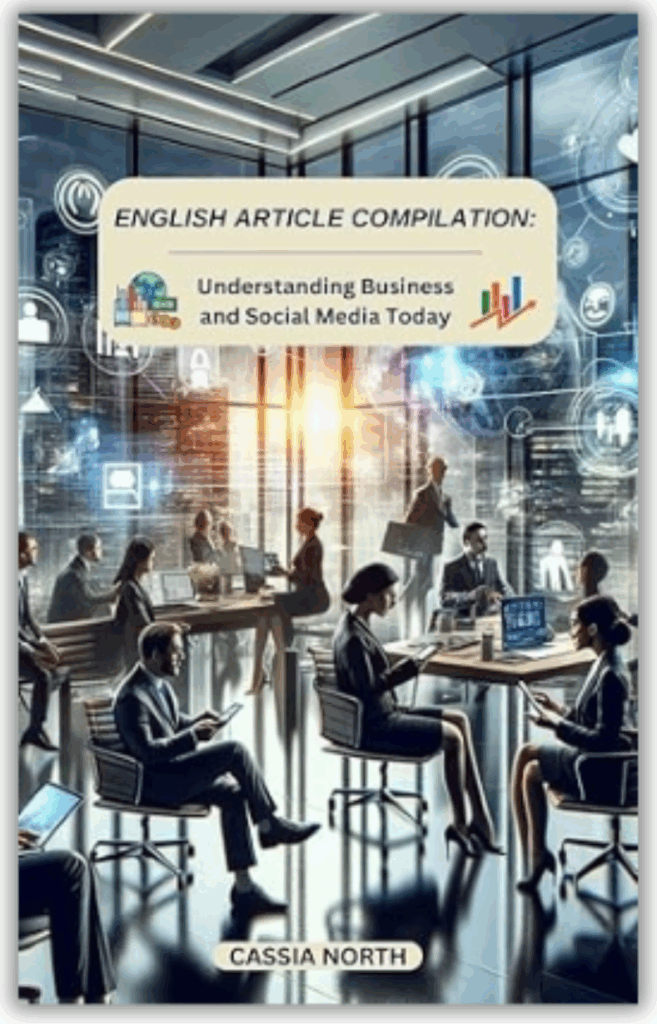


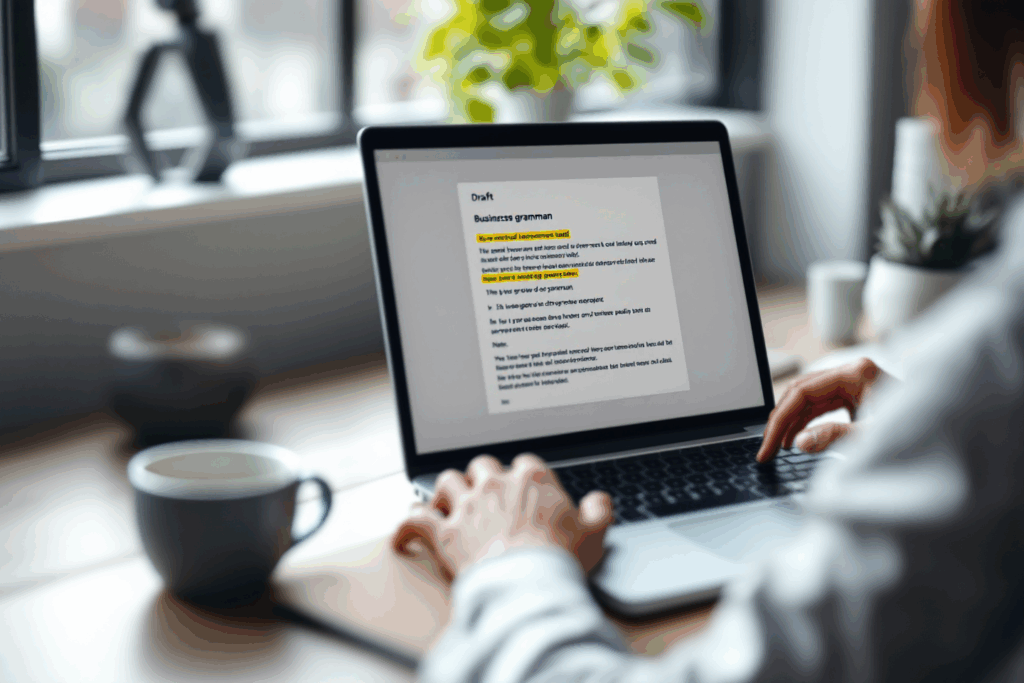


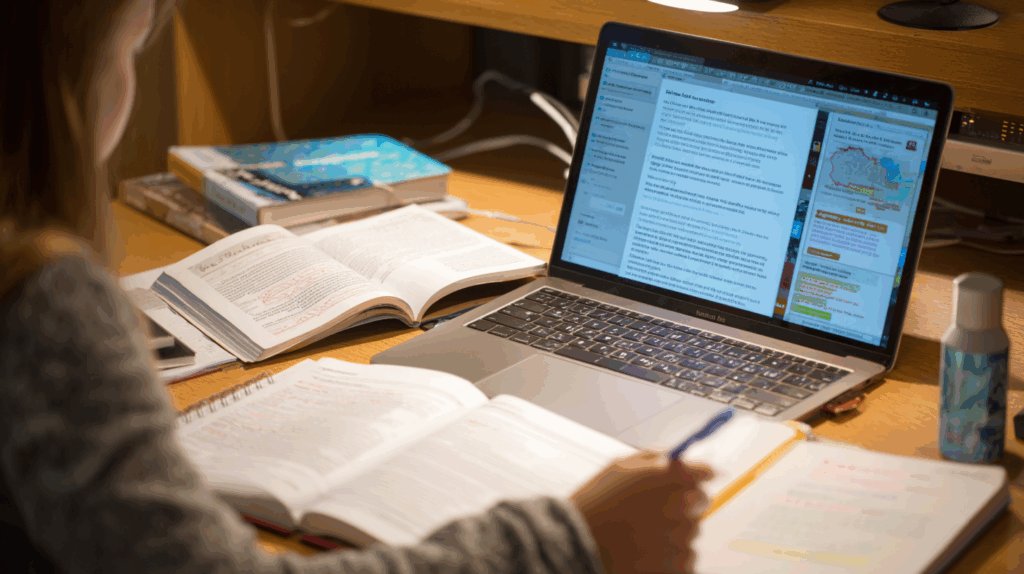
 Narrating Past Events: Practice recounting events from your past, such as a memorable trip or a significant life event. This exercise helps in applying the past simple tense to real-life situations.
Narrating Past Events: Practice recounting events from your past, such as a memorable trip or a significant life event. This exercise helps in applying the past simple tense to real-life situations. Reading and Analyzing: Read short stories or historical accounts, and identify the verbs in the past simple tense. Analyze how they are used to describe actions and events.
Reading and Analyzing: Read short stories or historical accounts, and identify the verbs in the past simple tense. Analyze how they are used to describe actions and events. Writing Exercises: Write about your typical day, but in the past tense. This can help you practice converting present actions into their past form, enhancing your understanding of the tense.
Writing Exercises: Write about your typical day, but in the past tense. This can help you practice converting present actions into their past form, enhancing your understanding of the tense. Journaling: Keep a journal where you write about your daily activities, but in the past tense. This practice helps in reinforcing the use of the tense in describing everyday events.
Journaling: Keep a journal where you write about your daily activities, but in the past tense. This practice helps in reinforcing the use of the tense in describing everyday events. Movie and Book Reviews: After watching a movie or reading a book, write a review in the past tense. Focus on describing the plot and characters using the past simple tense.
Movie and Book Reviews: After watching a movie or reading a book, write a review in the past tense. Focus on describing the plot and characters using the past simple tense. Expanding your practice of the past simple tense through diverse exercises, utilizing resources, and applying it in real-life contexts is key to achieving proficiency. These activities not only reinforce your understanding but also enhance your ability to use the tense naturally in conversation and writing.
Expanding your practice of the past simple tense through diverse exercises, utilizing resources, and applying it in real-life contexts is key to achieving proficiency. These activities not only reinforce your understanding but also enhance your ability to use the tense naturally in conversation and writing.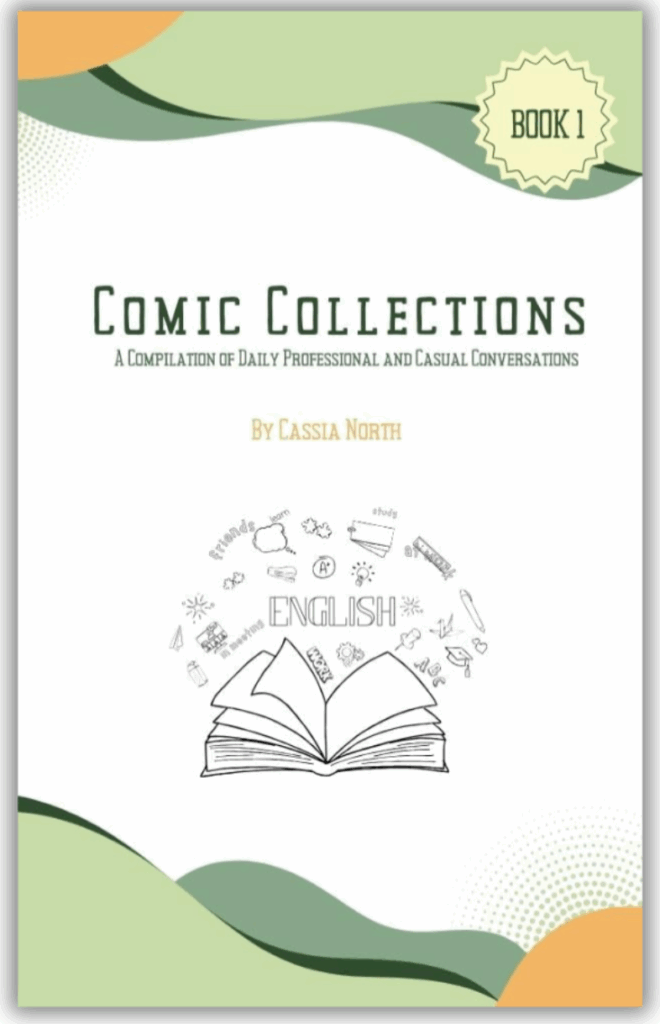


 Specific Time in the Past: Use the past simple tense when referring to a specific time in the past, whether it’s yesterday, last week, in 2000, or a moment ago.
Specific Time in the Past: Use the past simple tense when referring to a specific time in the past, whether it’s yesterday, last week, in 2000, or a moment ago. Completed Actions: Remember, the past simple is ideal for actions that started and finished in the past.
Completed Actions: Remember, the past simple is ideal for actions that started and finished in the past. Past Habits: For habits or routines that happened in the past and no longer exist, the past simple tense is the correct choice.
Past Habits: For habits or routines that happened in the past and no longer exist, the past simple tense is the correct choice. Incorrect Verb Form: Regular verbs form their past tense by adding -ed, but watch out for irregular verbs, which have unique past forms.
Incorrect Verb Form: Regular verbs form their past tense by adding -ed, but watch out for irregular verbs, which have unique past forms. Overusing ‘Did’ in Affirmative Sentences: Remember, ‘did’ is used only in negative sentences and questions. Avoid using it in affirmative past simple sentences.
Overusing ‘Did’ in Affirmative Sentences: Remember, ‘did’ is used only in negative sentences and questions. Avoid using it in affirmative past simple sentences. Confusing Past Simple with Present Perfect: The past simple is used for completed actions in the past with a specific time reference, whereas the present perfect is used for actions that have relevance to the present or when the time is not specified.
Confusing Past Simple with Present Perfect: The past simple is used for completed actions in the past with a specific time reference, whereas the present perfect is used for actions that have relevance to the present or when the time is not specified. Consistent practice is the key to mastering the past simple tense. Engage in exercises like rewriting present tense sentences in the past tense, filling in the blanks with the correct past tense verbs, and narrating past events.
Consistent practice is the key to mastering the past simple tense. Engage in exercises like rewriting present tense sentences in the past tense, filling in the blanks with the correct past tense verbs, and narrating past events. Familiarize yourself with common irregular verbs and their past forms. Some frequently used irregular verbs include go (went), see (saw), and take (took).
Familiarize yourself with common irregular verbs and their past forms. Some frequently used irregular verbs include go (went), see (saw), and take (took). The past simple tense is a fundamental aspect of English grammar, essential for talking about past events. Understanding its proper use and common errors can significantly enhance your ability to narrate past experiences and actions accurately. Regular practice and attentiveness to these guidelines will improve your proficiency in using the past simple tense.
The past simple tense is a fundamental aspect of English grammar, essential for talking about past events. Understanding its proper use and common errors can significantly enhance your ability to narrate past experiences and actions accurately. Regular practice and attentiveness to these guidelines will improve your proficiency in using the past simple tense.









 Forming questions and negatives correctly in the past simple tense is crucial for conveying accurate and clear information about past events. By understanding and practicing these structures, you can greatly enhance your ability to communicate effectively in English, particularly when discussing past experiences or events.
Forming questions and negatives correctly in the past simple tense is crucial for conveying accurate and clear information about past events. By understanding and practicing these structures, you can greatly enhance your ability to communicate effectively in English, particularly when discussing past experiences or events.












 The past simple tense is vital for discussing past events, habits, and general truths. Its ability to clearly communicate completed actions and past routines makes it an indispensable part of the English language. With practice, using the past simple tense becomes intuitive, allowing for effective and accurate descriptions of past experiences and events.
The past simple tense is vital for discussing past events, habits, and general truths. Its ability to clearly communicate completed actions and past routines makes it an indispensable part of the English language. With practice, using the past simple tense becomes intuitive, allowing for effective and accurate descriptions of past experiences and events.

 The past simple tense is primarily used to talk about actions or events that were completed in the past. It is one of the most commonly used tenses in English, essential for discussing history, telling stories, or even sharing what you did yesterday.
The past simple tense is primarily used to talk about actions or events that were completed in the past. It is one of the most commonly used tenses in English, essential for discussing history, telling stories, or even sharing what you did yesterday.








 Understanding the formation and basic rules of the past simple tense is crucial for accurately discussing past events. This tense is a key component of effective communication in English, providing a clear and straightforward way to talk about completed actions. In the following sections, we will delve deeper into the uses of the past simple tense, offering insights and examples to enhance your understanding and usage.
Understanding the formation and basic rules of the past simple tense is crucial for accurately discussing past events. This tense is a key component of effective communication in English, providing a clear and straightforward way to talk about completed actions. In the following sections, we will delve deeper into the uses of the past simple tense, offering insights and examples to enhance your understanding and usage.

 The past simple tense is a fundamental aspect of English grammar, playing a crucial role in narrating past events and experiences. Its mastery is essential for anyone learning English, as it provides the means to recount stories, describe completed actions, and express past habits and generalizations. This tense forms the backbone of historical storytelling and is indispensable in both everyday conversation and written language.
The past simple tense is a fundamental aspect of English grammar, playing a crucial role in narrating past events and experiences. Its mastery is essential for anyone learning English, as it provides the means to recount stories, describe completed actions, and express past habits and generalizations. This tense forms the backbone of historical storytelling and is indispensable in both everyday conversation and written language. For learners of English, particularly those from language backgrounds with different approaches to expressing time, the past simple tense can present unique challenges. Its proper use involves not only memorizing the past forms of verbs – both regular and irregular – but also understanding the contexts in which this tense is appropriately employed. This can be a significant step in overcoming language barriers and gaining proficiency in English.
For learners of English, particularly those from language backgrounds with different approaches to expressing time, the past simple tense can present unique challenges. Its proper use involves not only memorizing the past forms of verbs – both regular and irregular – but also understanding the contexts in which this tense is appropriately employed. This can be a significant step in overcoming language barriers and gaining proficiency in English. In this article, we will explore the intricacies of the past simple tense, including its formation, uses, and the nuances of creating questions and negative sentences. We aim to provide a comprehensive guide enriched with practical examples and tips, enabling learners to confidently and accurately use the past simple tense. By the end of this piece, readers will have a deeper understanding and enhanced ability to recount past events and express themselves in the past tense, a vital skill in the journey towards English fluency.
In this article, we will explore the intricacies of the past simple tense, including its formation, uses, and the nuances of creating questions and negative sentences. We aim to provide a comprehensive guide enriched with practical examples and tips, enabling learners to confidently and accurately use the past simple tense. By the end of this piece, readers will have a deeper understanding and enhanced ability to recount past events and express themselves in the past tense, a vital skill in the journey towards English fluency.

 Observation Diary: Keep a diary where you describe what you or people around you are doing at different times of the day. This exercise helps in applying the present continuous to real-life situations.
Observation Diary: Keep a diary where you describe what you or people around you are doing at different times of the day. This exercise helps in applying the present continuous to real-life situations. Role-playing Games: Engage in role-playing activities with language partners, focusing on scenarios that require the use of the present continuous, such as describing ongoing events or talking about future plans.
Role-playing Games: Engage in role-playing activities with language partners, focusing on scenarios that require the use of the present continuous, such as describing ongoing events or talking about future plans. Online Quizzes and Games: Utilize interactive online resources that offer quizzes and games focused on the present continuous tense. These activities provide a fun and engaging way to reinforce your learning.
Online Quizzes and Games: Utilize interactive online resources that offer quizzes and games focused on the present continuous tense. These activities provide a fun and engaging way to reinforce your learning. Everyday Conversations: Make a conscious effort to use the present continuous in your daily conversations, especially when talking about current actions or future plans.
Everyday Conversations: Make a conscious effort to use the present continuous in your daily conversations, especially when talking about current actions or future plans. Listening Practice: Pay attention to the use of the present continuous in English songs, movies, and TV shows. Listening to native speakers can help you understand how this tense is used naturally.
Listening Practice: Pay attention to the use of the present continuous in English songs, movies, and TV shows. Listening to native speakers can help you understand how this tense is used naturally. Reading and Analysis: Regularly read English newspapers, magazines, or books, and observe how the present continuous is used in different contexts.
Reading and Analysis: Regularly read English newspapers, magazines, or books, and observe how the present continuous is used in different contexts. Expanding your practice of the present continuous tense through varied exercises, resources, and real-life application is key to achieving proficiency. These activities not only reinforce your understanding but also enhance your ability to use the tense naturally in conversation and writing.
Expanding your practice of the present continuous tense through varied exercises, resources, and real-life application is key to achieving proficiency. These activities not only reinforce your understanding but also enhance your ability to use the tense naturally in conversation and writing.

 Link to Ongoing Actions: Associate the present continuous with actions happening right now. Whenever you’re describing something in progress, this tense is likely the correct choice.
Link to Ongoing Actions: Associate the present continuous with actions happening right now. Whenever you’re describing something in progress, this tense is likely the correct choice. Temporary Situations: Use this tense for situations that are temporary or part of a change. This helps in differentiating from permanent states, which usually use the present simple tense.
Temporary Situations: Use this tense for situations that are temporary or part of a change. This helps in differentiating from permanent states, which usually use the present simple tense. Future Arrangements: Remember that the present continuous can also be used for future plans, especially those that are definite and have been organized.
Future Arrangements: Remember that the present continuous can also be used for future plans, especially those that are definite and have been organized.
 Context is key in deciding whether to use the present continuous tense. Consider whether the action is currently happening, is a temporary situation, or is a planned future event. This understanding is crucial for correct tense usage.
Context is key in deciding whether to use the present continuous tense. Consider whether the action is currently happening, is a temporary situation, or is a planned future event. This understanding is crucial for correct tense usage. Consistent practice is essential for mastering the present continuous tense. Try to incorporate it into your daily English use, whether in speaking or writing. Listening to native speakers and reading English texts can also provide practical examples of how this tense is used in various contexts.
Consistent practice is essential for mastering the present continuous tense. Try to incorporate it into your daily English use, whether in speaking or writing. Listening to native speakers and reading English texts can also provide practical examples of how this tense is used in various contexts. Grasping the present continuous tense’s usage, including when and how to form questions and negatives, is a vital step in improving your English proficiency. By practicing regularly and being mindful of common mistakes, you can enhance your ability to communicate effectively in English.
Grasping the present continuous tense’s usage, including when and how to form questions and negatives, is a vital step in improving your English proficiency. By practicing regularly and being mindful of common mistakes, you can enhance your ability to communicate effectively in English.